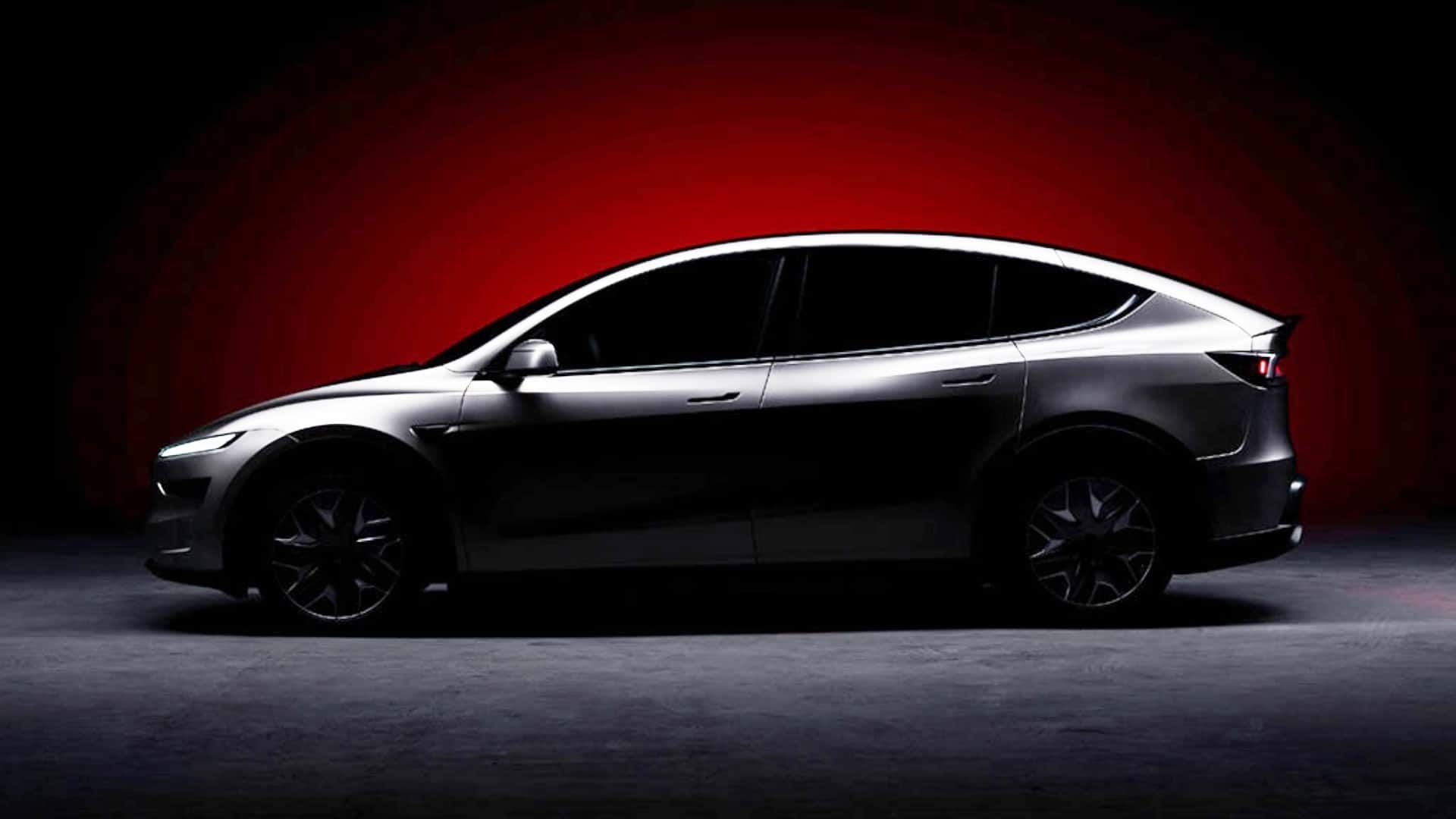
Tesla Model 2: Unveiling the Affordable EV Revolution (Speculation and Review)
For years, the electric vehicle (EV) market has been dominated by high prices, limiting accessibility for the average consumer. Tesla, a pioneer in the EV space, has long promised a more affordable model, often referred to as the "Model 2." While official details remain scarce, speculation surrounding this potential game-changer is rife, fueled by industry analysts, leaked information, and Tesla’s own strategic pronouncements. This article delves into the current state of the Model 2 speculation, examining its potential features, impact on the market, and the challenges Tesla faces in bringing this ambitious project to fruition.
The Promise of Affordability
The core appeal of the Model 2 lies in its promise of affordability. Tesla’s current lineup, while impressive, caters primarily to the higher end of the market. A more accessible EV would open the door to a much wider consumer base, accelerating the adoption of electric vehicles globally.
Target Price Point:
The rumored target price for the Model 2 hovers around $25,000 (USD) before incentives. This price point would put it in direct competition with established gasoline-powered vehicles like the Toyota Corolla and Honda Civic, making the transition to electric much more attractive to budget-conscious buyers.
Strategic Significance:
An affordable Tesla would significantly disrupt the automotive industry. It would force other automakers to accelerate their own EV development and lower prices to compete effectively. This competition would ultimately benefit consumers by providing more choices and driving down the cost of electric mobility.
Potential Features and Specifications (Based on Speculation)
While Tesla has kept the Model 2’s details tightly under wraps, numerous speculations have emerged regarding its potential features and specifications:
Compact Design:
The Model 2 is widely expected to be a compact hatchback or sedan, smaller than the Model 3. This would make it more suitable for urban environments and easier to park.
Battery Technology:
To achieve the target price point, Tesla will likely utilize advanced battery technology, potentially including its own 4680 cells. These cells are designed to be more energy-dense and cost-effective to produce.
Range:
While the Model 2’s range is expected to be less than that of the Model 3, it is still anticipated to offer a competitive range of around 250 miles (400 kilometers) on a single charge. This would be sufficient for most daily commutes and errands.
Performance:
Despite being an affordable model, the Model 2 is still expected to offer respectable performance. It may not have the blistering acceleration of the Model S Plaid, but it should provide adequate power for everyday driving.
Interior and Technology:
The Model 2’s interior is likely to be minimalist, similar to other Tesla models. It will feature a large touchscreen display for controlling most vehicle functions, as well as advanced driver-assistance systems (ADAS) like Autopilot.
Manufacturing Innovations:
To further reduce costs, Tesla is expected to employ innovative manufacturing techniques in the production of the Model 2. This could include using a single-piece casting process for the vehicle’s frame and simplifying the assembly process.
Impact on the Market
The introduction of the Tesla Model 2 would have a profound impact on the automotive market:
Increased EV Adoption:
The lower price point would make EVs accessible to a much wider audience, accelerating the adoption of electric vehicles globally.
Competitive Pressure:
The Model 2 would put immense pressure on other automakers to develop and offer affordable EVs. This competition would drive innovation and lower prices across the board.
Market Share Shift:
Tesla could potentially capture a significant share of the entry-level car market with the Model 2. This would solidify its position as a leader in the EV industry.
Infrastructure Development:
Increased EV adoption would necessitate further investment in charging infrastructure, making it easier for people to own and operate electric vehicles.
Challenges and Considerations
Despite the immense potential of the Model 2, Tesla faces several challenges in bringing this project to fruition:
Cost Reduction:
Achieving the target price point of $25,000 will require significant cost reductions in battery production, manufacturing, and component sourcing.
Supply Chain Constraints:
The global supply chain has been under immense pressure in recent years, and Tesla will need to secure reliable access to critical components like semiconductors and battery materials.
Production Capacity:
Tesla will need to ramp up its production capacity significantly to meet the anticipated demand for the Model 2. This will require substantial investment in new factories and equipment.
Competition:
Tesla will face increasing competition from other automakers who are also developing affordable EVs. The company will need to differentiate the Model 2 through its technology, performance, and brand appeal.
Timeline and Production Estimates
The exact timeline for the Model 2’s release remains uncertain. Tesla CEO Elon Musk has hinted at a potential launch in the coming years, but specific dates have not been confirmed. Production estimates vary widely, but analysts predict that Tesla could potentially produce hundreds of thousands of Model 2 vehicles per year if the project is successful.
Potential Drawbacks and Considerations
While the Model 2 promises a revolution in affordable EVs, it’s important to consider potential drawbacks:
- Feature Compromises: To achieve the lower price point, some features may be sacrificed compared to higher-end Tesla models.
- Range Limitations: The Model 2’s range may be adequate for daily commutes, but it might not be ideal for long-distance travel.
- Build Quality: There could be concerns about build quality if Tesla cuts corners to reduce costs.
- Software Dependence: Tesla’s heavy reliance on software could lead to potential bugs or glitches.
The Final Verdict: A Potential Game-Changer
The Tesla Model 2 has the potential to be a game-changer for the electric vehicle market. Its promise of affordability could make EVs accessible to a much wider audience, accelerating the transition to sustainable transportation. While challenges remain, Tesla’s track record of innovation and its commitment to electric vehicles suggest that the Model 2 could be a major success.
As the automotive industry shifts towards electric mobility, the Model 2 represents a crucial step towards making EVs a mainstream option for consumers worldwide. Whether it lives up to the hype remains to be seen, but the anticipation surrounding this affordable EV is undeniable. The automotive world is holding its breath, waiting to see if Tesla can deliver on its promise and usher in a new era of accessible electric vehicles.
